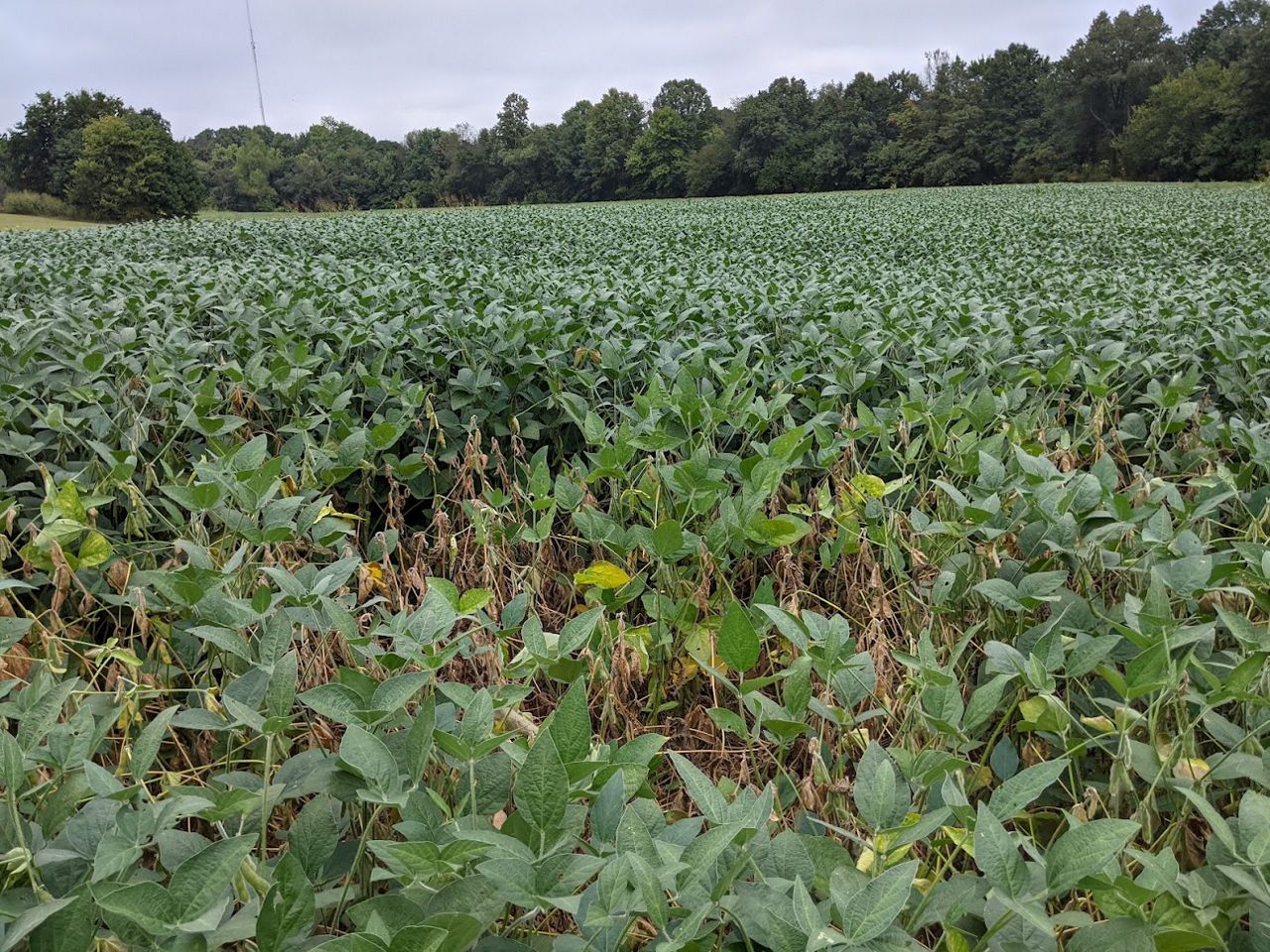ELIZABETHTOWN, Ky. — A new soybean disease discovered in Graves County is the first of its kind found ever in the state of Kentucky.
What You Need To Know
- Kentucky farmers are cautious after a rare soybean disease was found in the state
- First discoveries of Red Crown Rot disease happened in Graves County, Kentucky
- Red crown rot is caused by the fungus Calonectria ilicicola
- UK's College of Agriculture, Food and Environment said the disease will have the most impact on double-crop soybeans

After spending more than 50 years on the farm, planting soybeans has become more of an art to Larry Thomas. He's spending anywhere from 12-16 hours a day farming 2,000 acres of land.
“Planting in the spring and then you have to watch it throughout the year, keep the weeds out of the crop and then you have to watch for disease,” said Larry Thomas with BLT Farms.
Now a new soybean disease could affect Kentucky farmers' yields. The University of Kentucky plant disease diagnostic lab in Princeton confirmed the first case of red crown rot in Graves County the week of Sept. 13.
Carl Bradley, plant pathologist with the University of Kentucky College of Agriculture, Food and Environment, said the disease will have the most impact on double-crop soybeans.
“One thing that makes it very different from other diseases is how it gets its name red crown rot. If you look at the lower stem just above the soil line on the plant it's discolored, it's very reddish colored,” Bradley said.
Although Thomas hasn't experienced this specific disease, he said the moist ground produces a good environment for diseases to grow. Thomas’ most common issues are slugs and stink bugs.
“With 2,000 acres you kind of expect to have to maybe replant a little bit, it's pretty uncommon if you don't cause we have some wet nature soils. But when you have to replant two or three times because of the slug eating up the crop, that's pretty disheartening,” Thomas said.

Red crown rot is caused by the fungus Calonectria ilicicola. The fungus then infects the soybean roots and causes the roots to rot, leading to red discoloration on parts of the stem closest to the soil.
Bradley said the discoveries of red crown rot are causing noticeable damage.
“It wasn't wide spread through all these fields, just smaller patches but in those patches there was yield loss so it is something that there is the threat out there but I don't think it will be devastating to Kentucky," he said.
Although this is the first of its kind found in Kentucky, soybean producers in southern states have dealt with this disease for years.
Loss of yields is not uncommon for any farmer, but Thomas tries to stay aware of his crops and their surroundings.
“Generally every year you have some type of disease now whether it meets the threshold of needing treatment or generally. When we get into treatment, the fungicide will lessen the impact so we don't think we're having a huge amount of loss due to disease, but it's kind of hard to measure too,” Thomas said.
Bradley also suggests crop rotation, which producers in southern states use to manage the disease.



?wid=320&hei=180&$wide-bg$)